When it comes to power supplies, two important metrics that are often discussed are power factor and total harmonic distortion (THD). In this article, we will discuss what power factor and THD are, why they are important, and how they affect the performance of a power supply.
What is Power Factor?
Power factor (PF) is a measure of how efficiently a power supply converts the incoming AC voltage into the DC voltage that is needed to power electronic devices. It is defined as the ratio of the real power (in watts) to the apparent power (in volt-amps). A power factor of 1.0 means that all of the power is being used to perform useful work, while a power factor of less than 1.0 means that some of the power is being wasted.
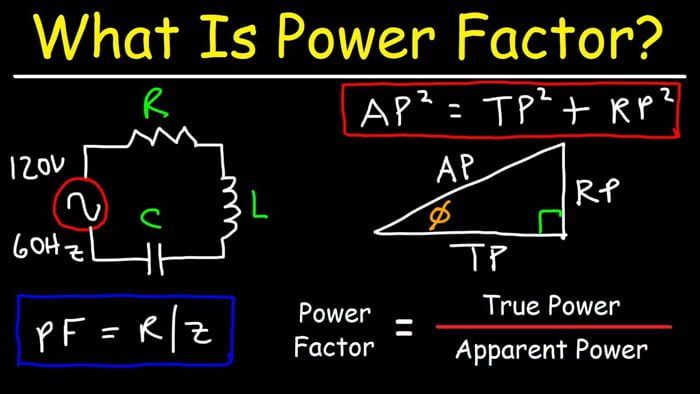
The efficiency of a power supply is affected by the way in which it draws power from the AC source. If the power supply draws power in a non-linear manner, it can create harmonics that can cause power quality issues in the electrical distribution network. This is where total harmonic distortion (THD) comes into play.
What is Total Harmonic Distortion (THD)?
THD is a measure of the distortion in an AC voltage or current waveform caused by the presence of harmonics. Harmonics are multiples of the fundamental frequency of the AC waveform, and they can cause distortion in the waveform by creating peaks and troughs that are not present in the pure sine wave. THD is expressed as a percentage and is calculated by dividing the root-mean-square (RMS) value of the harmonic content by the RMS value of the fundamental waveform.

Why are Power Factor and THD Important?
Power factor and THD are important metrics for power supplies for several reasons:
Energy Efficiency: A power supply with a low power factor will draw more current than is necessary to deliver the required power to the load. This results in wasted energy and reduces the overall energy efficiency of the system. Power factor correction (PFC) techniques can be used to improve the power factor and reduce energy waste.
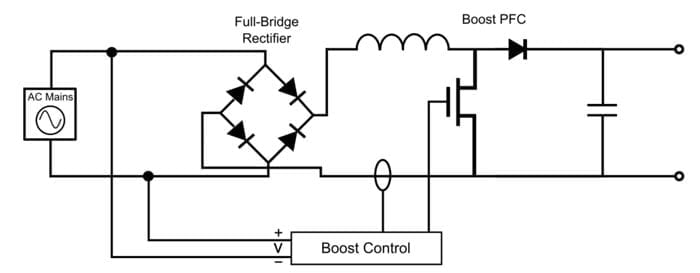
Power Quality: THD can cause distortion in the AC waveform, which can create issues with power quality in the electrical distribution network. High THD levels can cause problems with voltage stability, electromagnetic interference (EMI), and equipment damage.
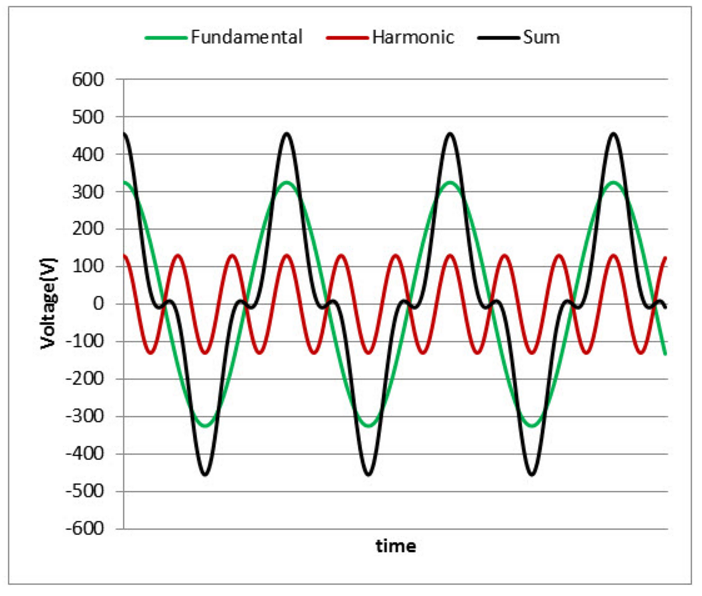
Compliance: Many countries have regulations on power factor and THD for electronic equipment. Compliance with these regulations is necessary to ensure that electronic equipment operates safely and does not cause power quality issues in the electrical distribution network.
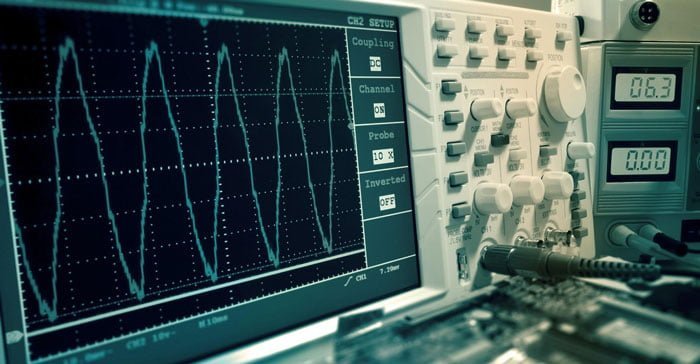
How to Measure Power Factor and THD
Power factor and THD can be measured using a power analyzer, which is a specialized instrument that is used to measure various electrical parameters such as voltage, current, power, power factor, and THD. The power analyzer typically measures the AC waveform at the input of the power supply and calculates the power factor and THD values.
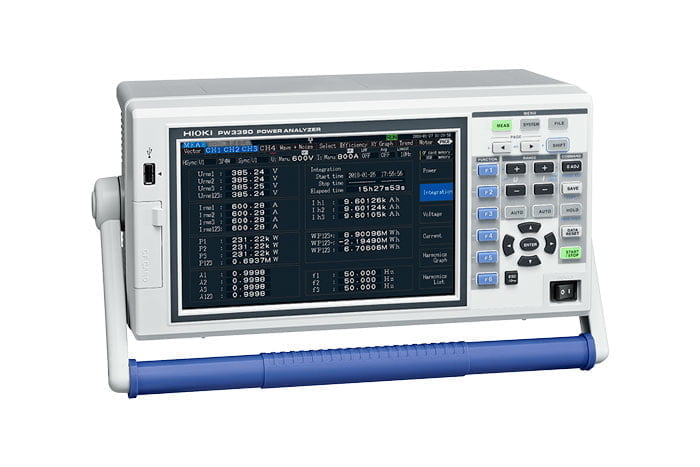
Improving Power Factor and THD
Power factor can be improved through the use of power factor correction (PFC) techniques. PFC circuits can be designed to reduce the amount of current that is drawn from the AC source, which can improve the power factor and reduce energy waste. There are two main types of PFC circuits: passive PFC and active PFC. Passive PFC uses a passive component, such as a capacitor, to correct the power factor, while active PFC uses a circuit that actively corrects the power factor by controlling the input current.
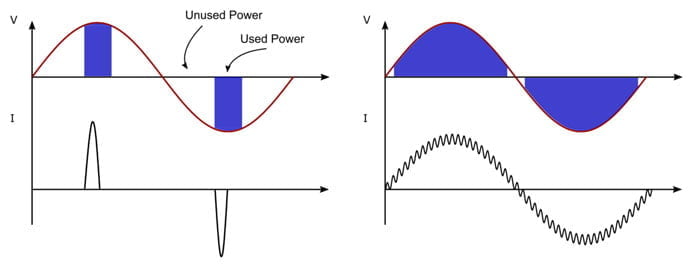
THD can be reduced by designing the power supply to have a more linear load characteristic, which reduces the amount of harmonic content in the AC waveform. This can be achieved through the use of filter circuits, such as LC filters or active filters.
Conclusion
Power factor and total harmonic distortion are two important parameters of a power supply that can affect the performance and efficiency of electrical devices. A high power factor and low THD are desirable for ensuring the safe and reliable operation of electrical systems. By using power factor correction capacitors, harmonic filters, high-efficiency electrical devices, and good power management practices, it is possible to improve power factor and reduce THD, resulting in improved efficiency, reduced energy costs, and increased reliability of electrical devices.





